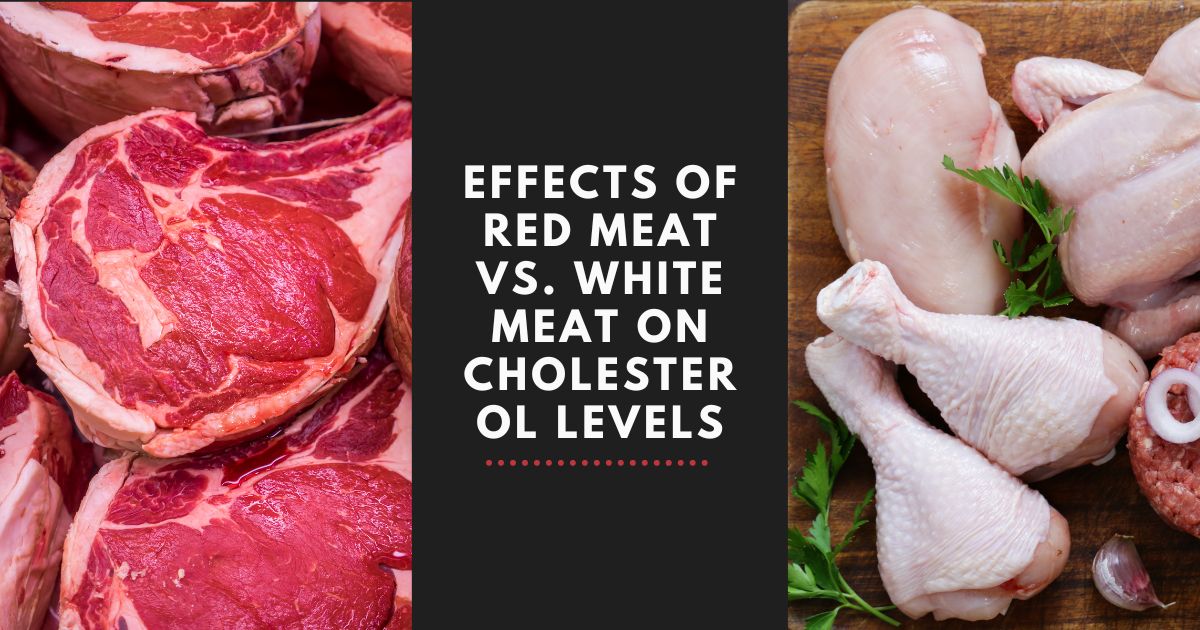The debate between red meat vs white meat is a longstanding one, with various health recommendations and dietary guidelines adding to the complexity of choosing between the two. Red meat, typically defined as meat that is red when raw and darkens when cooked, includes beef, lamb, and pork. White meat, on the other hand, is generally lighter in color and encompasses chicken, turkey, and some cuts of pork.
Historical Consumption Patterns of red meat vs. white meat
The consumption of meat has evolved significantly over time, influenced by cultural, economic, and health-related factors. Historically, red meat has been a staple in many diets around the world, prized for its rich flavor and high nutrient content. However, in recent decades, white meat has gained popularity as a perceived healthier alternative, leading to shifts in dietary patterns across various populations.
Nutritional Comparison
Nutritional Content Overview
Both red and white meats are excellent sources of high-quality protein, essential vitamins, and minerals, but they differ in their fat content and specific nutrient profiles.
- Protein Content: Red and white meats are comparable in their protein content, offering about 25 to 27 grams of protein per 100 grams. Protein is crucial for muscle building, repair, and overall health
- Vitamin Profile: Red meat is particularly rich in Vitamin B12, a nutrient essential for blood formation and brain function. White meat, while still nutritious, generally contains lower levels of Vitamin B12 but is a good source of other vitamins such as B3 and B6
- Mineral Content: Red meat stands out for its iron, zinc, and selenium content, minerals that play vital roles in immune function, thyroid health, and more. White meat, though lower in these minerals, still contributes to dietary needs.
Health Impacts of red meat vs. white meat
The impact of meat consumption on health has been a topic of much research and debate. Concerns over red meat have centered around its saturated fat content and potential association with heart disease. However, the story is more nuanced, with recent studies suggesting that the type of protein—whether from red or white meat—may not significantly differ in its effects on blood cholesterol levels
The key appears to be the overall quality of one’s diet and balancing meat intake with plenty of plant-based foods.
In conclusion, both red and white meats have their place in a balanced diet, each offering unique nutritional benefits. The choice between them should be based on personal health goals, dietary preferences, and a consideration of the broader dietary context. Ensuring a variety of protein sources, including plant-based options, can help meet nutritional needs while mitigating potential health risks associated with high consumption of either type of meat.
Dietary Considerations and Recommendations
As we navigate the choices between red meat and white meat, it’s important to consider not just the nutritional aspects but also the broader implications of our dietary habits. Here are some strategies for incorporating healthier proteins into your diet:
- Incorporating Seafood and Plant-based Proteins: Diversifying protein sources can enhance diet quality and health outcomes. Including more fish, especially those high in omega-3 fatty acids, and plant-based proteins like beans, lentils, and tofu, can offer a range of health benefits, from improved heart health to reduced environmental impact
- Tips for Reducing Red Meat Consumption:
- Start by adding seafood to your weekly meal rotation. Experiment with different types to find what you enjoy
- Substitute red meat with white meat in recipes. Ground turkey or chicken can be used in dishes traditionally made with beef or pork. Explore legumes as a protein source. Beans and lentils are not only rich in protein but also fiber, making them excellent for heart health and digestion
Cooking and Flavor Differences
The choice between red and white meat often comes down to personal preference, influenced by taste, texture, and culinary uses:
Taste and Texture Comparison:
- Red meat is known for its rich, deep flavor and tender texture when cooked properly. Its higher fat content contributes to its juiciness and flavor profile
- White meat, particularly chicken and turkey, is leaner and can be more subtle in flavor. Its lower fat content requires careful cooking to avoid dryness but offers a lighter option for those conscious of fat intake.
Incorporating a variety of meats and plant-based proteins into your diet not only ensures a broader intake of essential nutrients but also supports sustainable eating habits. As dietary recommendations evolve, the key is to focus on balance, moderation, and the quality of the foods we consume.
In sum, the debate between red meat vs white meat is less about declaring a clear winner and more about understanding the role each can play in a balanced, nutritious diet. By considering the nutritional content, health impacts, and sustainable practices, individuals can make informed choices that support their health and well-being. Whether incorporating more plant-based proteins, choosing leaner cuts of meat, or experimenting with seafood, the goal is a varied diet that satisfies both nutritional needs and personal tastes.
